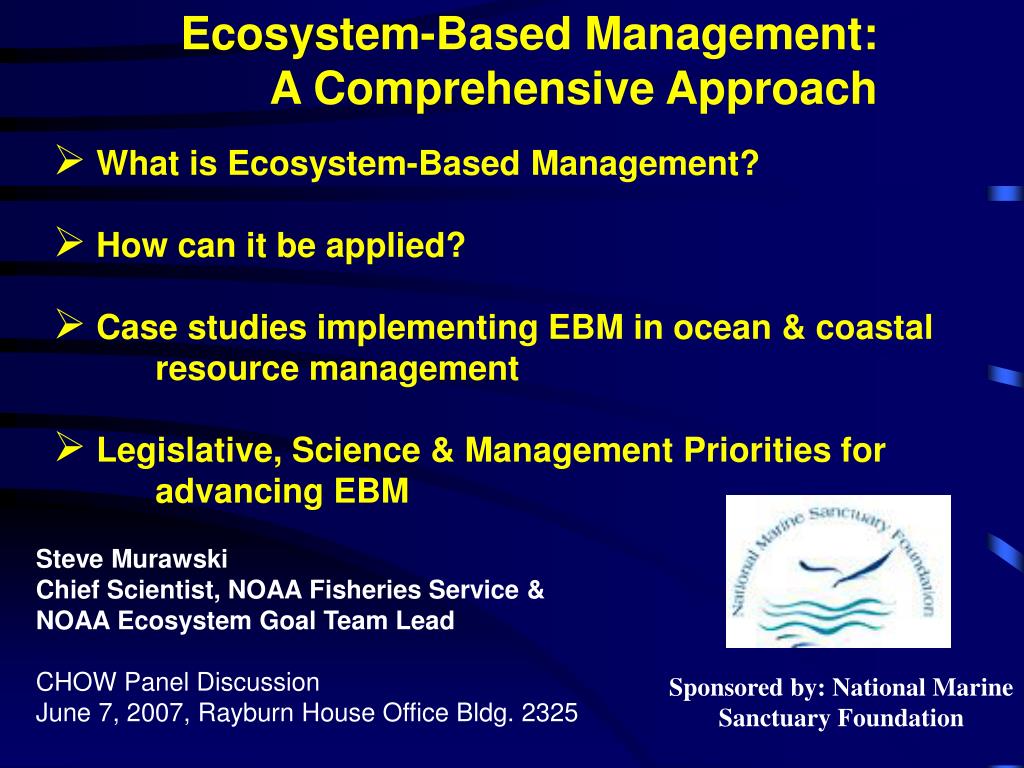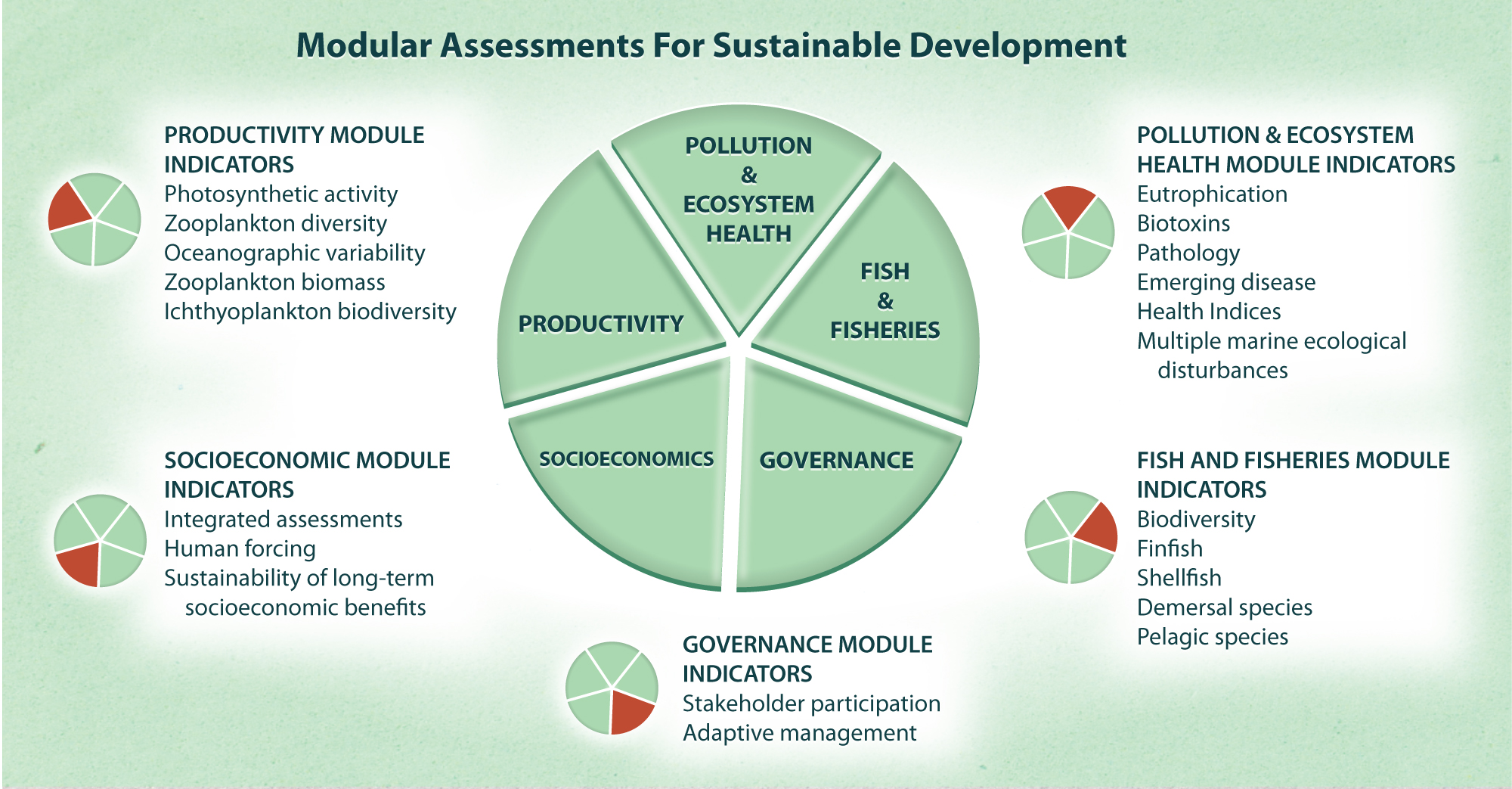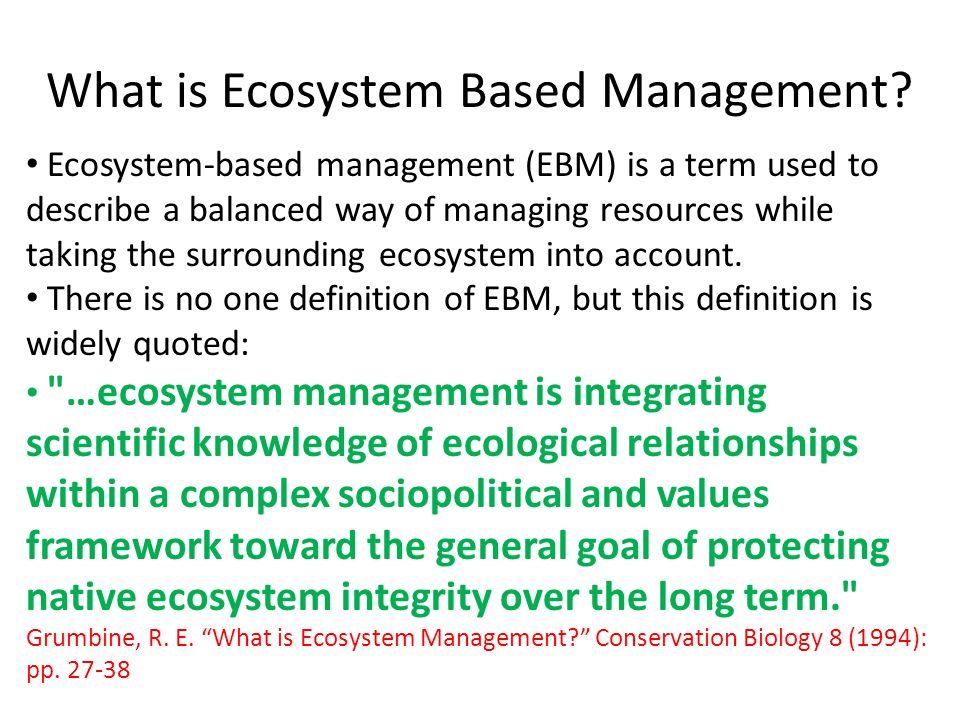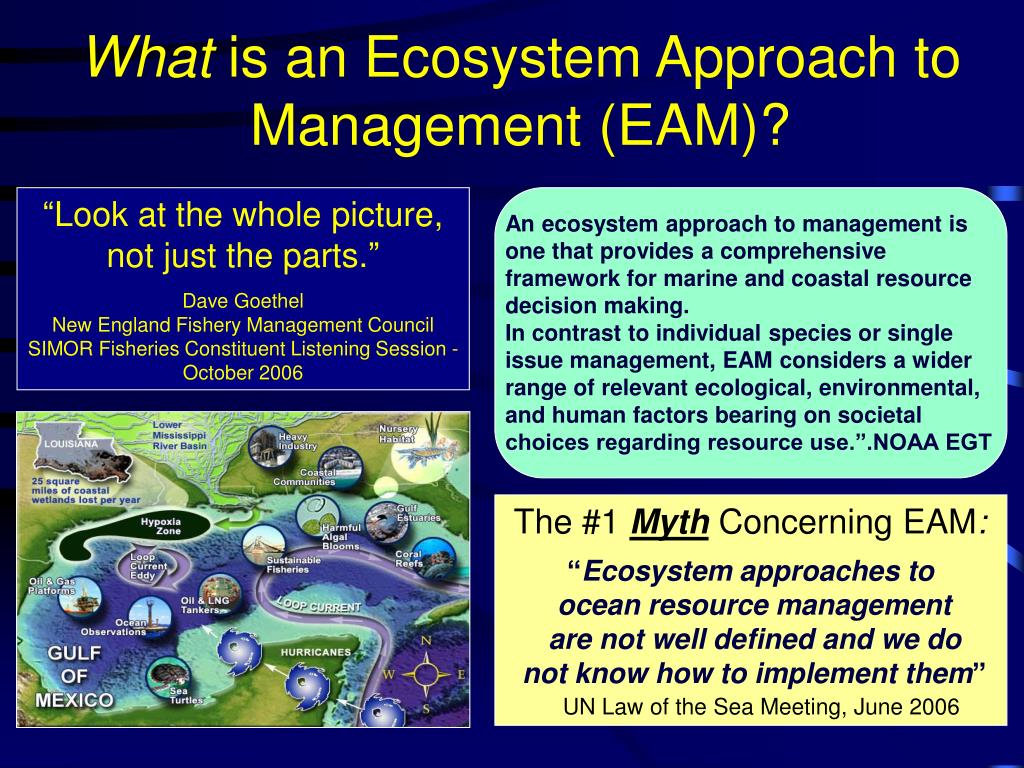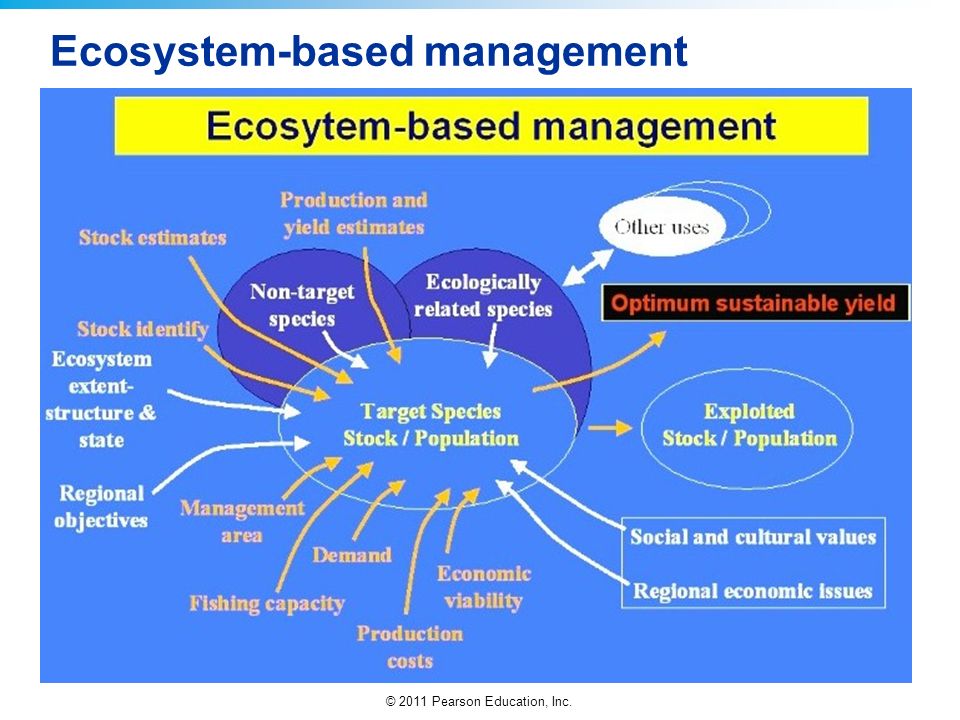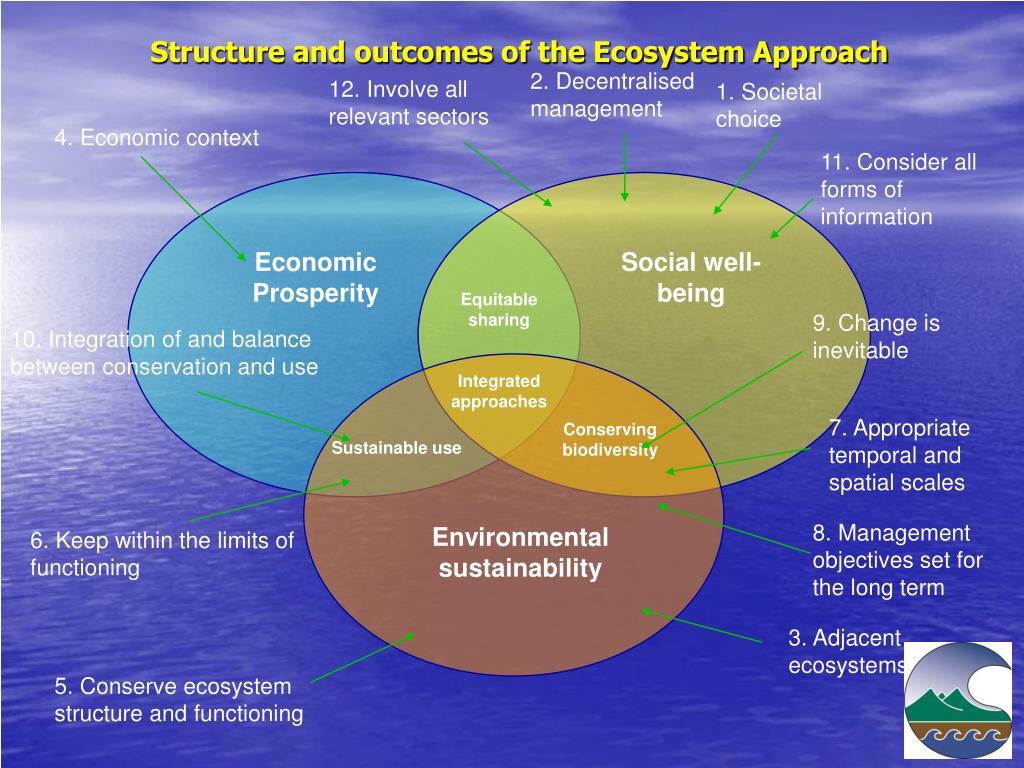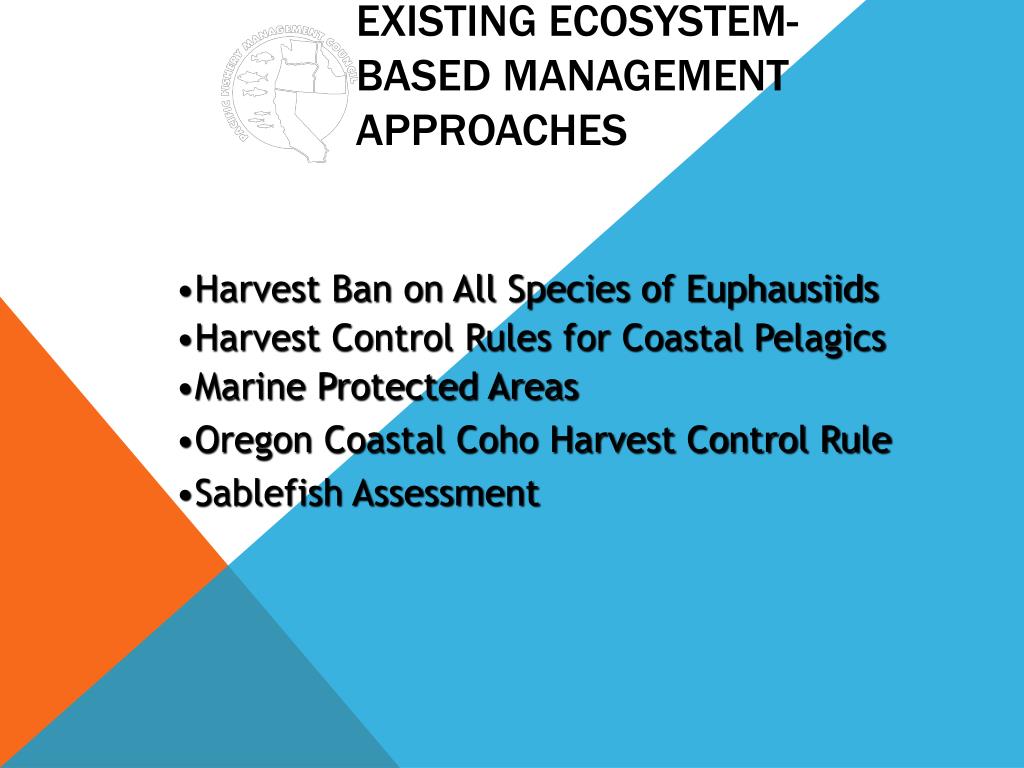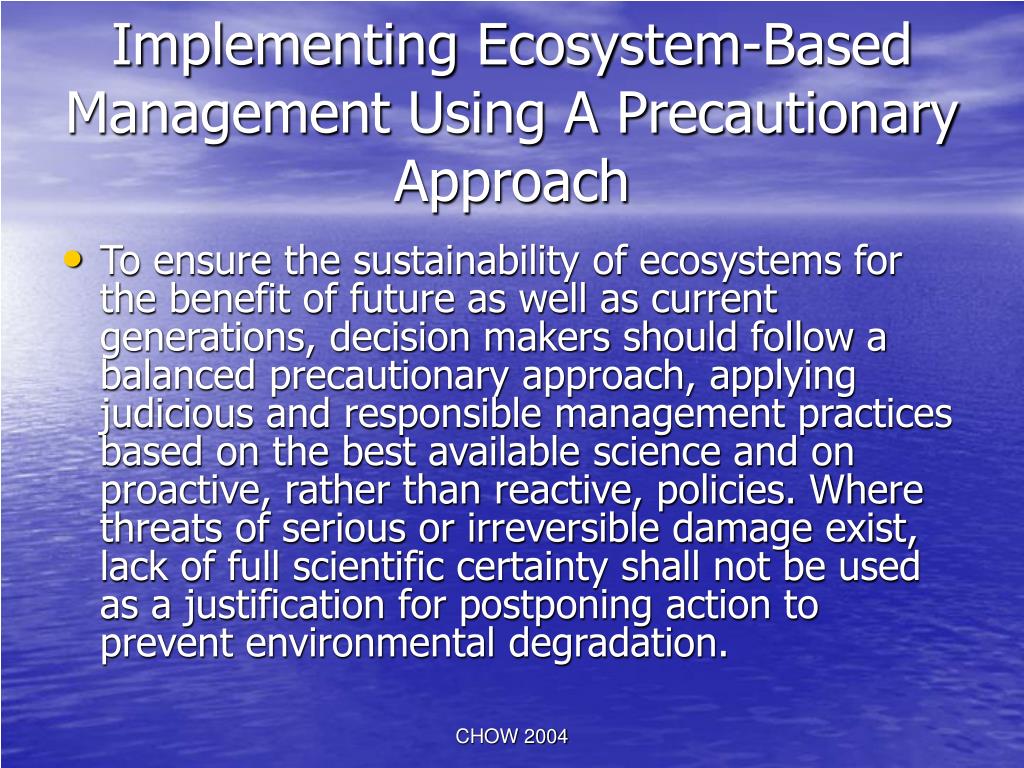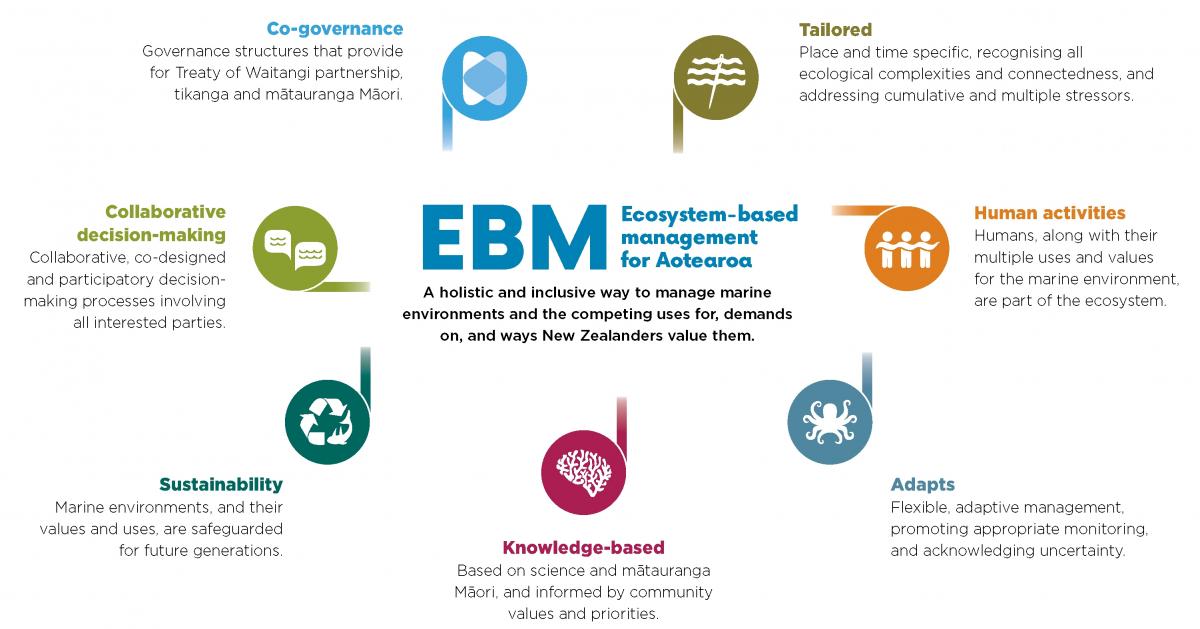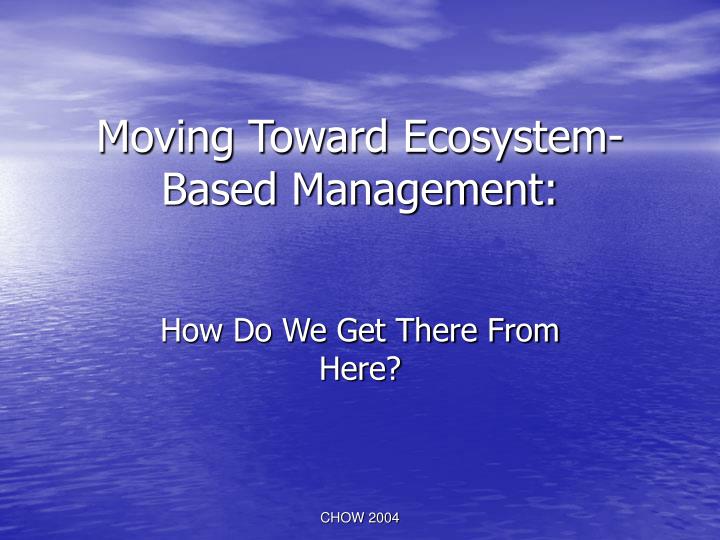What Is One Drawback To Ecosystem Based Management
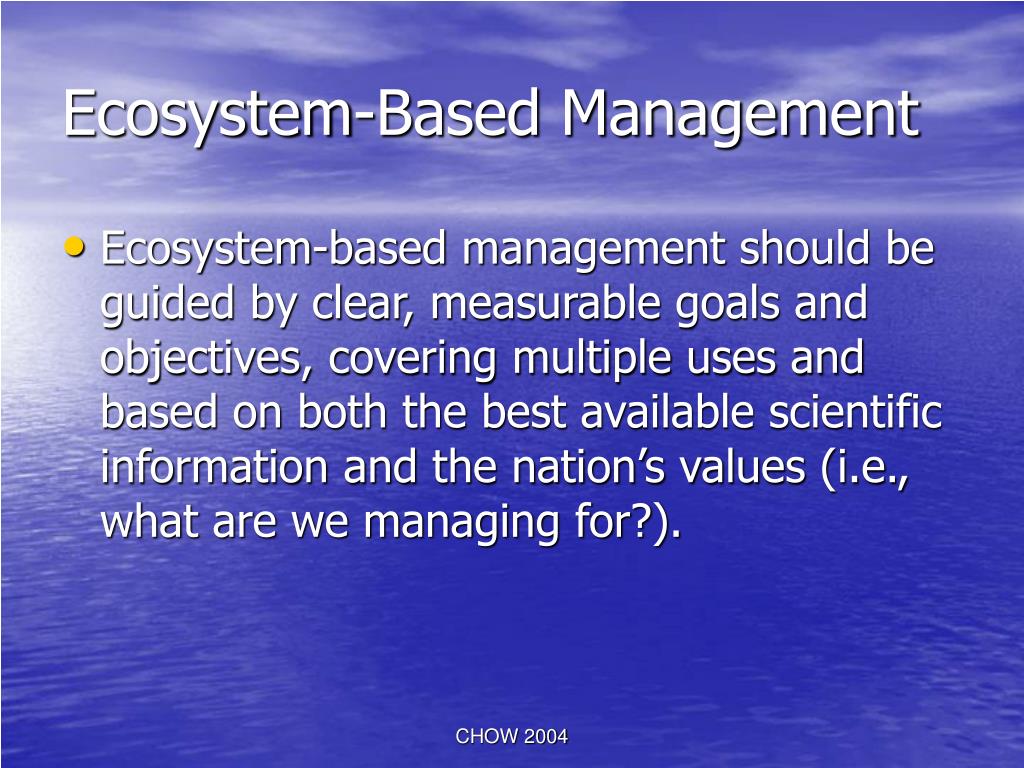
Imagine standing on a windswept coast, the salty air whipping through your hair as you watch a pod of dolphins dance in the waves. The sun dips below the horizon, painting the sky in hues of orange and pink, a breathtaking reminder of the intricate web of life that thrives in this ecosystem. But behind this idyllic scene lies a complex challenge: how do we manage such a vast and interconnected environment to ensure its health and productivity for generations to come?
While ecosystem-based management (EBM) offers a promising approach to conservation, moving beyond single-species or single-sector management, it's not without its hurdles. The most significant of these is the inherent complexity in understanding and implementing such a holistic strategy. This article delves into the challenges of EBM implementation, exploring why its complexity can sometimes hinder its success.
The Allure of Ecosystem-Based Management
For decades, environmental management often focused on single species or specific sectors, such as fisheries or forestry. This approach, while sometimes effective in the short term, often overlooked the interconnectedness of ecosystems. A classic example is managing a single fish stock without considering the impact on its prey or the predators that depend on it.
EBM, on the other hand, takes a broader view. It recognizes that ecosystems are complex systems with interacting components, including living organisms, their physical environment, and human activities. EBM aims to manage human activities in a way that maintains the health, resilience, and productivity of the entire ecosystem.
The core principle is to consider the cumulative impacts of all activities within an ecosystem and manage them in an integrated way. It seeks to balance human needs with the need to protect biodiversity, maintain ecological processes, and ensure the long-term sustainability of resources.
The Complexity Conundrum
The very strength of EBM – its holistic approach – is also its greatest weakness. The complexity of ecosystems presents a formidable challenge to effective implementation. Understanding the intricate relationships within an ecosystem requires extensive data, sophisticated modeling, and interdisciplinary collaboration.
Data Gaps and Scientific Uncertainty
One of the major challenges is the lack of complete data. Ecosystems are incredibly complex, and our understanding of them is often incomplete. We may not know all the species present, how they interact with each other, or how they respond to different environmental stressors. This uncertainty makes it difficult to predict the consequences of management actions.
For example, climate change is introducing unprecedented levels of uncertainty into ecosystem dynamics. Predicting how warming temperatures, ocean acidification, or altered precipitation patterns will affect ecosystems requires complex models and long-term monitoring.
Even with sophisticated models, scientific uncertainty remains a persistent challenge. Models are simplifications of reality, and they are always subject to error. This uncertainty can make it difficult to make confident management decisions, especially when those decisions involve trade-offs between different ecosystem components or human uses.
The Challenge of Integration
EBM requires integrating information from a wide range of disciplines, including ecology, economics, sociology, and political science. Bringing together experts from different fields can be challenging, as they may have different perspectives, priorities, and ways of communicating.
Moreover, EBM often involves multiple stakeholders with conflicting interests, such as fishermen, farmers, developers, and conservation groups. Reaching consensus on management goals and strategies can be a lengthy and contentious process.
Consider a coastal ecosystem where a proposed development project threatens a sensitive wetland. Balancing the economic benefits of the development with the ecological value of the wetland requires careful consideration of multiple factors, including the potential impacts on water quality, fish populations, and bird habitats.
Scale and Governance
Ecosystems often transcend political boundaries, making it difficult to implement EBM at the appropriate scale. Managing a river basin, for example, may require cooperation between multiple states or even countries.
Establishing effective governance structures for EBM can be a major challenge. Who is responsible for making decisions? How are those decisions enforced? How are conflicts resolved? These are all questions that need to be addressed in order to ensure that EBM is implemented effectively.
Additionally, the time scales involved in ecosystem processes can be much longer than those of political cycles. This can create a disconnect between the short-term needs of politicians and the long-term goals of EBM.
Examples of the Complexity Challenge
The Chesapeake Bay Program, one of the most ambitious EBM initiatives in the United States, has faced numerous challenges related to complexity. Despite decades of effort and billions of dollars invested, the Bay remains impaired by nutrient pollution, sediment, and toxic contaminants.
The sheer size and complexity of the Chesapeake Bay watershed, which spans six states and the District of Columbia, makes it difficult to coordinate management efforts. The diverse array of stakeholders, including farmers, urban residents, and industrial facilities, presents a significant challenge to reaching consensus on effective pollution control strategies.
Similarly, efforts to manage the Great Barrier Reef in Australia have been hampered by the complexity of the ecosystem and the diverse range of threats it faces, including climate change, agricultural runoff, and tourism. Balancing the economic benefits of tourism with the need to protect the Reef's fragile coral ecosystems is a constant challenge.
Overcoming the Complexity Challenge
While the complexity of EBM presents a significant challenge, it is not insurmountable. Several strategies can help to overcome this hurdle and improve the effectiveness of EBM initiatives.
Adaptive management is a key tool for dealing with uncertainty. This approach involves implementing management actions as experiments and monitoring their outcomes. The results of these experiments are then used to refine management strategies over time. By embracing a learning-by-doing approach, adaptive management allows us to improve our understanding of ecosystems and make better management decisions in the face of uncertainty.
Improved data collection and monitoring are essential for understanding ecosystem dynamics. Investing in long-term monitoring programs can provide valuable data on trends in species populations, water quality, and other key ecosystem indicators. This data can then be used to inform management decisions and track the effectiveness of management actions.
Stakeholder engagement is crucial for building consensus and ensuring that management decisions are supported by the communities that depend on ecosystems. Engaging stakeholders early in the planning process and providing them with opportunities to participate in decision-making can help to build trust and foster a sense of shared ownership.
Integrated modeling can help to synthesize information from different disciplines and predict the consequences of management actions. Models can be used to explore different scenarios and identify the most effective strategies for achieving management goals. However, it is important to recognize the limitations of models and to use them as just one tool among many.
A Path Forward
Ecosystem-based management represents a necessary and valuable shift in how we approach conservation and resource management. While the inherent complexity of ecosystems presents a real and ongoing challenge, acknowledging this complexity and actively working to address it is crucial for the long-term health of our planet.
By embracing adaptive management, investing in data collection and monitoring, fostering stakeholder engagement, and utilizing integrated modeling, we can navigate the complexities of EBM and move towards a more sustainable future. The journey will be long and challenging, but the rewards – healthy, resilient ecosystems that benefit both humans and nature – are well worth the effort.
As we continue to learn and adapt, the image of that windswept coast and the dancing dolphins serves as a constant reminder of what we are working to protect: a vibrant, interconnected world that depends on our collective commitment to responsible stewardship.

